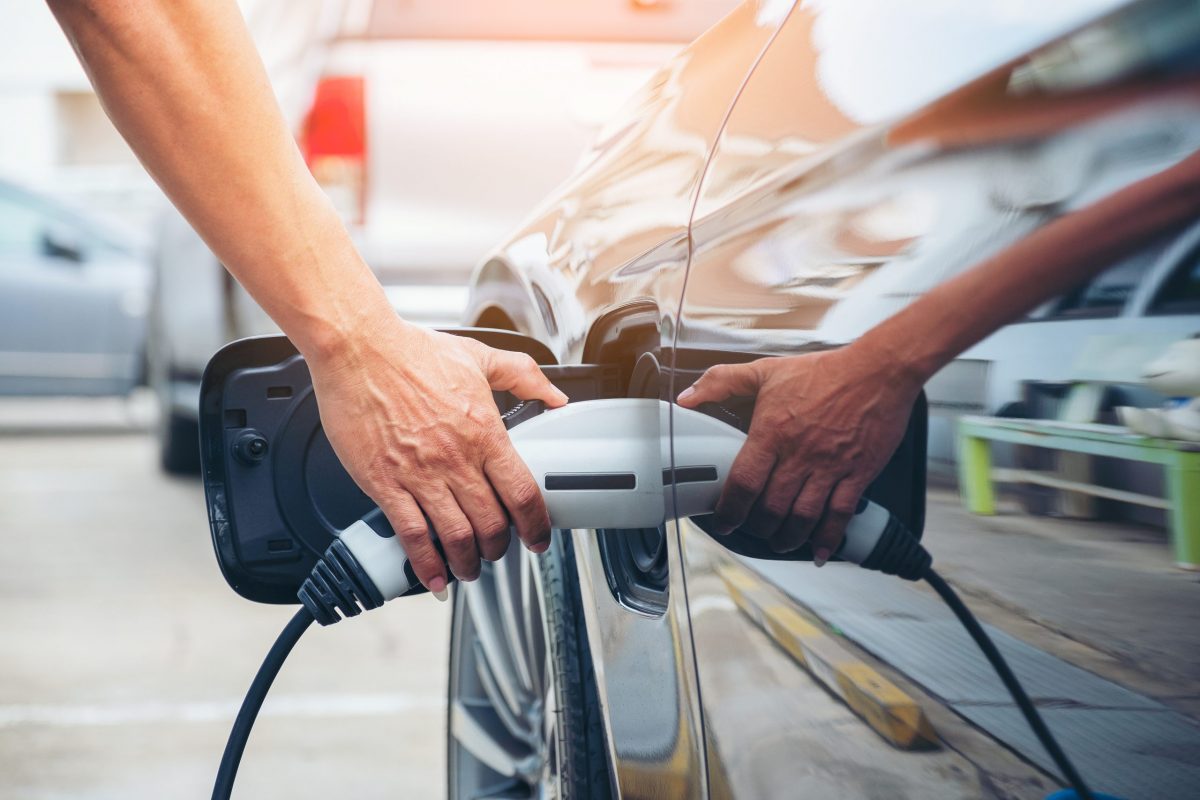Total Lubricants is focused on fuel economy: “It is a must, and has been the key to our strategy for some time,” Philippe Charleux, Global Chief Executive, Total Lubricants tells Megatrends. 
Fuel economy, he remarks, is one of the main trends governing the lubricants business. It has become integral to Total’s operations, it is now a cornerstone of its research and development, and it lies at the heart of planned new product launches. “We are developing new products that will reach market shortly,” explains Charleux. “But it is becoming increasingly tough because we already have very efficient products on the market. It is always very difficult to add to these products and to find new ways of improving fuel economy. However, we are certain that there is some room for improvement and so we continue to work hard.”
Referring to Total’s two facilities at Lyon, France and Mumbai, India, he suggests that the research budget is growing. As a result, the company has been doubling its patents, examining potential products and finding new products and new technologies. “We are confident that we can keep on improving products and improving solutions for our customers, not only for passenger cars but also for heavy-duty vehicles.”
Challenging conditions
Despite his optimism, Charleux describes a tough scenario. The global market slowdown has had “a big impact”; the company was originally expecting a 1.6% annual rise in global growth for forthcoming years in its ‘inland markets’ – both its automotive and industrial lubricant businesses. However, Total was forced to alter this prediction.
“We decreased this outlook to 1% growth rate, and then further to 0.6%. Now, we think that the inland market is likely to be stable, maybe even shrinking in 2015. Why has it changed so much? I think it’s difficult to analyse it as a whole; we have to look at it segment by segment,” he explains.
For marine and industrial lubricants, growth is heavily linked to GDP, he says. Automotive, on the other hand, has many different factors at play: “It’s a question of new cars being built and sold on the market, and China is playing a big role in that field. We see quite a difficult situation for China for the time being, and that is the main explanation, in my opinion, for the market stabilisation.”
Also, the evolution of consumer habits has had a detrimental effect on the automotive lubricants business, he continues. Cars are “being used less in most countries, so mileage is shrinking.” This essentially reduces demand for lubricants. However, he is confident that the industry will still be heavily reliant on lubricants for the foreseeable future, but thinks the continued improvement of its products is vital for Total’s prospects.
Interesting innovation
When looking ahead to the future of the lubricant business, Charleux touches on some of the innovative products that the company is already producing that tick the right boxes.
“We have been producing regenerated and recycled oils from our plant in France for a number of years now, so we have a good knowledge in that field. We are also working on bio-based oils,” he affirms. “Both are hot topics at the moment, but topics that are also quite difficult.”
The difficulty lies in the fact that while being environmentally positive, bio-based and renewable lubricants tend to require some compromise in performance. “They always introduce a little bit of variability in terms of quality,” admits Charleux.
However, the company intends to continue its work in the area. “We believe it will be useful at some point in time,” says Charleux. “At the moment, we do not see a big demand from customers, and we are not expecting a big market shift, unless they are obliged to adopt them because of regulations. It will happen at some point, and we will be ready.”
Adapting to the challenges of the market
Even though Total’s predictions for China have changed, Charleux remains positive. “We believe that there is room for growth and new sales for Total. The market is not as good as it was two years ago, but we really think that Asia-Pacific is the place to be. In this area, China and India are the big ones, but there are other emerging markets that are currently strong,” he says.
Of these emerging markets, he notes Singapore as having substantial importance to Total. This, he says, is because of its considerable export potential. Consequently, the company recently opened a new blending plant, its largest in the world, in Tuas, Singapore.
Charleux envisages continued demand for production at this plant, with the products reaching many corners of the world: “The plant will really help us in the forthcoming years to be more efficient and more competitive in this part of the world. We are going to produce all kinds of lubricants at the facility. We’ll make marine lubricants, industrial lubricants and of course automotive lubricants. Singapore is also one of the best places in the world for export. We plan to use this facility to export to almost 30 countries, so it’s really a big step for us.”
Furthermore, Total plans to use the new plant as a blueprint for other facilities to come. “We plan to do almost the same in various other countries,” he adds. “An integral part of our strategy is to produce near our customers. If the market and country is big enough, and the reliability of supply is strong, we will produce locally.” Charleux concludes, “At Total, we are adapting to the challenges of the market whilst simultaneously gearing up to launch new products in the forthcoming years. We are preparing for the future in each and every segment.”



